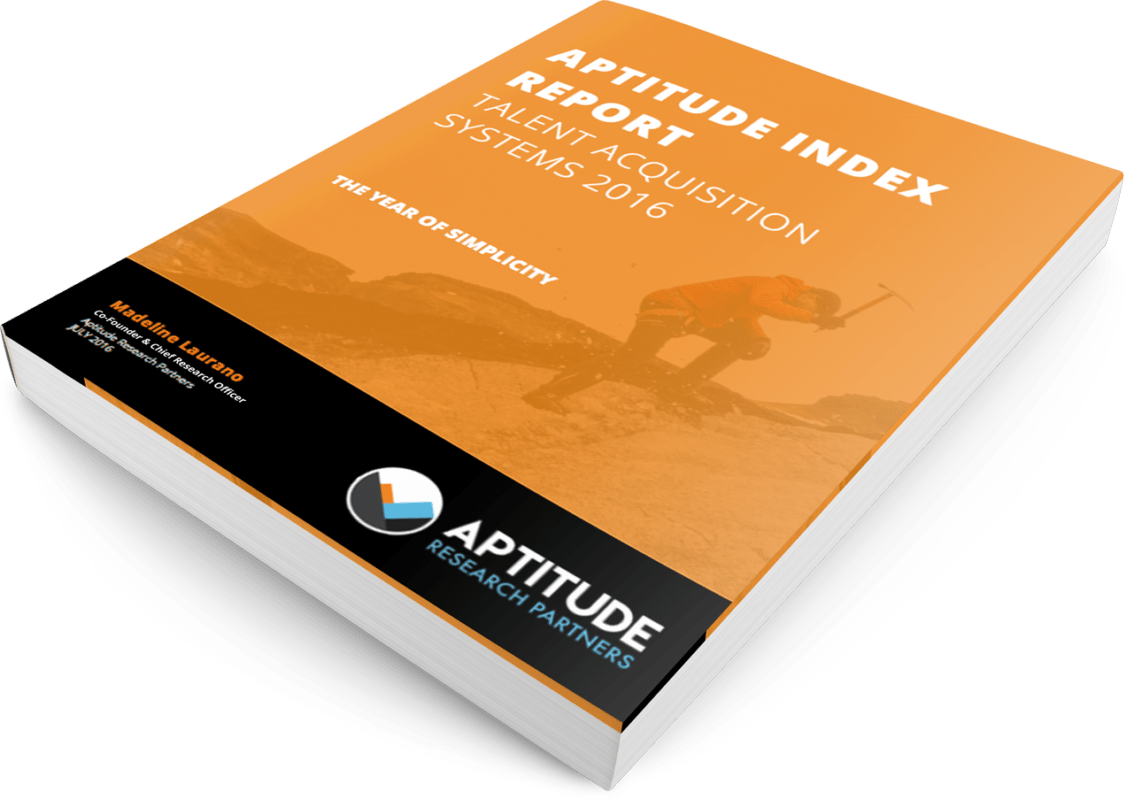If you read Mollie’s blog post on Monday, you can probably sense that we are very excited to announce the launch of the Aptitude Index report today. This is a comprehensive study of the leading talent acquisition system providers and their unique differentiators. It is not a ranking report. It is not a traditional buyer’s guide. It is not a magic quadrant. Instead, it provides in-depth analysis of the market and information that is not necessarily available in a demo or on a website. We spent over 8 months interviewing customers, demoing solutions, and getting briefings from providers. We are ready to share our findings. I learned a lot and I am very impressed by how far the ATS market has come in just the past year.
(Check out our video describing the report here)
If you are still unsure about what the Index is or how you can use it, the information below might help.
Who is Included? We looked at the leading talent acquisition system providers including: ADP, Cornerstone OnDemand, Greenhouse Software, iBM Kenexa BrassRing, iCIMS, Lever, Lumesse, Newton Software, Oracle, PeopleFluent, SAP, SilkRoad, SmartRecruiters, Workday
What is it? It provides an overview of the market and helps companies rethink the evaluation criteria used to select partners and what providers might meet their unique requirements. As the market becomes more complex, organizations must take a step back and reexamine what is driving success and ask new questions around technology decisions. The final section of this report includes profiles of ATS providers describing their attributes along these criteria. The appendix includes a list of providers in the ecosystem that partner with talent acquisition systems.
When does it publish? Today!
Where can we find it? Download a copy here: http://aptituderesearchpartners.com/ATS-Index-2016
Why should we care? Companies spend a lot of money on talent acquisition technology. It is hard to figure out if you are getting value from your providers and what solutions might match your unique hiring needs. Today, the decision to purchase technology is not just about price and product capabilities. It involves services, leadership, culture, and viability of these providers.
We launched this report to start a new conversation around talent acquisition systems. One that looks beyond just functionality and instead at what providers will serve as true partners. Check it out and let us know what you think!


